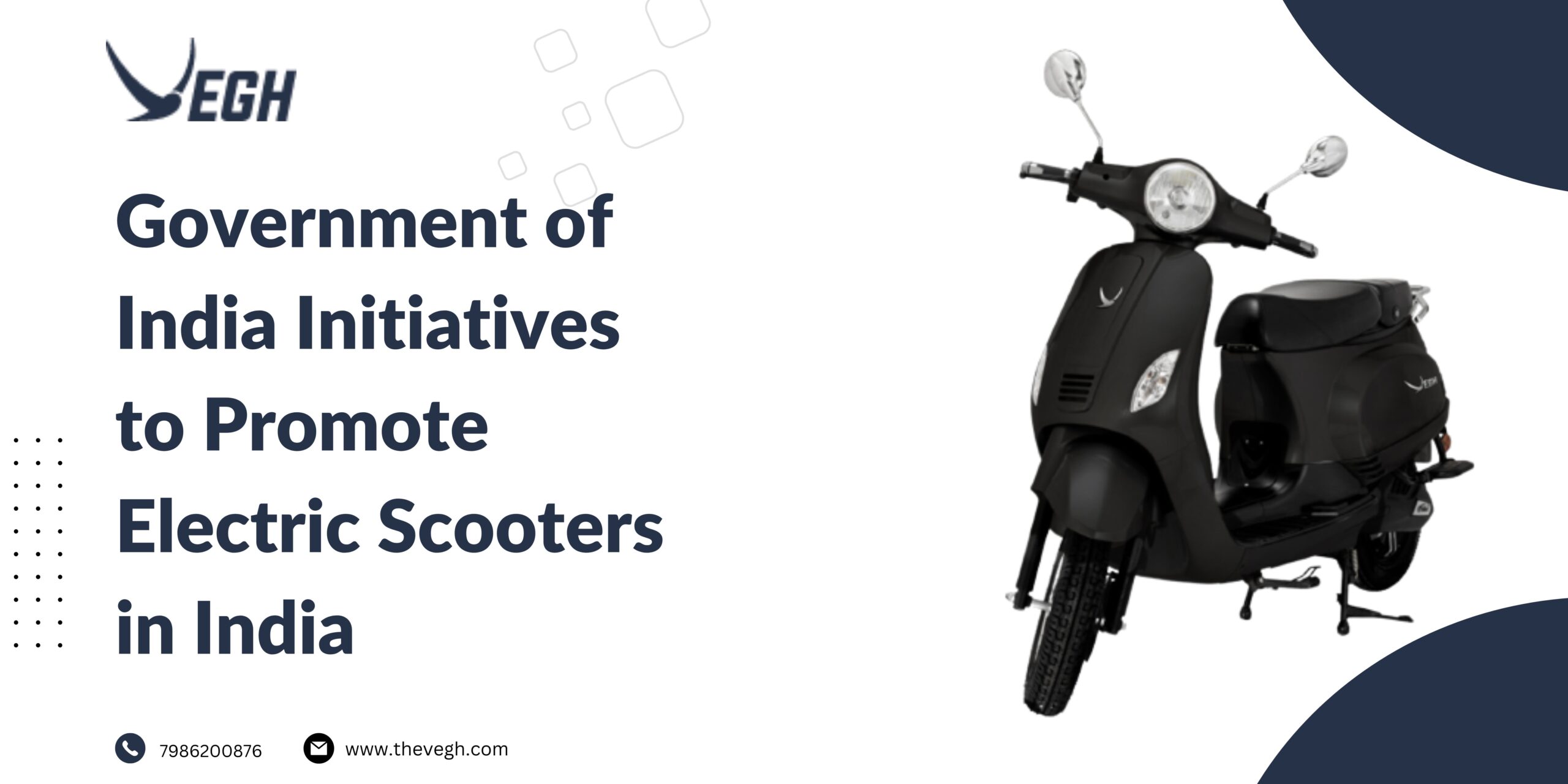
The Government of India has been promoting the use of electric scooters in India as a part of its commitment to reducing air pollution and climate change. To promote electric scooters, the government has been providing incentives to purchase them, including subsidies and tax exemptions. The government has also been working to create a charging infrastructure for electric scooters. In this blog post, we will help you understand various initiatives and schemes launched by the government of India to promote EV adoption.
To achieve EV adoption by 2030, the government has launched several initiatives to encourage using electric scooters in India. The government is working on making it mandatory for all new two-wheelers sold in India from 2025 onwards to be powered by electricity. This move is expected to increase the adoption of electric scooters in a big way and help reduce emissions from vehicles significantly.
The FAME India Scheme, which provides financial incentives for the purchase of electric vehicles, is expected to boost sales of electric scooters in India and help make them more affordable for buyers. The government has also launched an electric vehicle charging infrastructure program. Under this program, the government will install EV charging stations as public-private partnerships nationwide.
The Government of India has been keen on promoting the use of electric vehicles in the country and has taken various initiatives to achieve this objective. These include:
By taking these initiatives, India’s government hopes to create an ecosystem in which electric scooters become more popular and accessible to the masses.
Electric scooters are a rapidly growing mode of transportation in India. To reduce the country’s dependence on imported oil and promote clean energy use, the Government of India has been supporting the development and sale of electric scooters. There are a variety of electric scooters available on the market, from basic models that are affordable for low-income families to high-end models with advanced features.
The most basic electric scooters typically have a range of 20-30 kilometers and a top speed of 25 kilometers per hour. These scooters are often used for short commutes and running errands around town. More expensive models may have a range of up to 100 kilometers and a top speed of 50 kilometers per hour. These higher-end models are suitable for longer commutes and can even be used for road trips. Brands like Vegh Automobiles have come up with economical high-speed electric scooters in India that have driving ranges of up to 120 km* and a top speed of up to 75km/h*.
In addition to different ranges and top speeds, electric scooters also vary in terms of their battery life. Some models can go for days or even weeks without needing to be recharged, while others need to be plugged in after every few hours of use. Battery life is an important consideration when choosing an electric scooter, as it will determine how often you need to stop to recharge your vehicle.
If you’re concerned about the environment, it’s worth looking into the different types of electric scooters available and deciding which one is best for you.
India is leading the way in electric scooter adoption, and the government has done a tremendous job of promoting it. From subsidies and tax holidays that make electric scooters more accessible to charging infrastructure being set up across cities, the initiatives taken by the Government of India have made a significant contribution towards reducing carbon emissions and creating a greener transportation system in India. This will go a long way toward creating a sustainable future for generations to come.